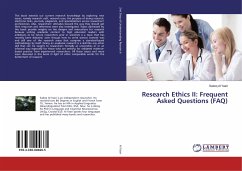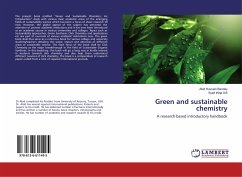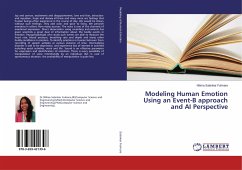
Radial Growth of some Commercially Important Plants
Impact of Age & Environment on Activity of Cambium and Production of Secondary Vascular Tissues
Versandkostenfrei!
Versandfertig in 6-10 Tagen
52,99 €
inkl. MwSt.

PAYBACK Punkte
26 °P sammeln!
The present study on the structure and behaviour of vascular cambium and its derivative tissues- the food conducting (secondary phloem) and the water conducting (secondary xylem) pathways has been undertaken in relation to different weather conditions of the study site and age of the selected trees (Anthocephalus cadamba and Madhuca indica) for three consecutive years (2005, 2006 & 2007). The plant A. cadamba (Common bur-flower) belongs to family Rubiaceae is a large tree with a broad crown and straight cylindrical bole. It is found in moist, warm type of deciduous and evergreen forests. On th...
The present study on the structure and behaviour of vascular cambium and its derivative tissues- the food conducting (secondary phloem) and the water conducting (secondary xylem) pathways has been undertaken in relation to different weather conditions of the study site and age of the selected trees (Anthocephalus cadamba and Madhuca indica) for three consecutive years (2005, 2006 & 2007). The plant A. cadamba (Common bur-flower) belongs to family Rubiaceae is a large tree with a broad crown and straight cylindrical bole. It is found in moist, warm type of deciduous and evergreen forests. On the other side, M. indica (Butter tree) belongs to family Sapotaceae is a medium-sized to large deciduous tree, usually with a short bole and large rounded crown. It is found in mixed deciduous forests.












